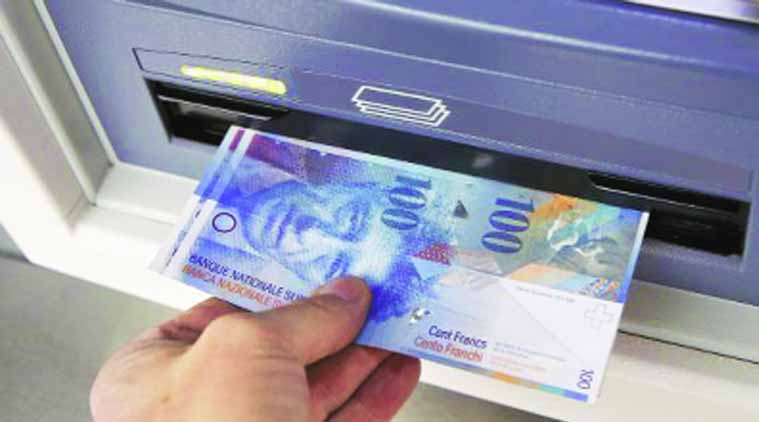‘Swiss Made’ may mean more expensive now
Many face the prospect of cost and price cuts to stay competitive.
 Swiss 100 franc bank notes are withdrawn from an ATM in the Swiss town of Kreuzlingen.(Source: Reuters)
Swiss 100 franc bank notes are withdrawn from an ATM in the Swiss town of Kreuzlingen.(Source: Reuters)
Swiss Made has traditionally stood for quality, precision and reliability. But after a shock move to scrap the cap on the franc, it could convey a less attractive message: Made more expensive.
The decision by the Swiss National Bank, after three years of holding down the franc’s value, was met with indignation by many small-to-mid size companies which now face lower revenue from exports.
Unlike bigger multinationals based in the country, smaller companies tend to produce a higher proportion of their goods in Switzerland, meaning they lack the spread of costs in other currencies that could mitigate the franc’s surge.
Many face the prospect of cost and price cuts to stay competitive.
“I trust you have a strong plan that will help all of us in the long run,” Edouard Meylan, chief executive of watchmaker H. Moser & Cie wrote in a scathing open letter to the SNB President Thomas Jordan, saying he had already received calls from retailers cancelling orders.
Small and medium-sized companies were responsible for around a fifth of all Swiss exports in 2012, according to a survey by Credit Suisse. They employ 2.3 million of the country’s 8 million people, a separate study by consultancy OBT estimated.
This means any fallout from the franc’s new strength could have serious consequences for the economy.
Watchmakers will be among the hardest hit, since under new legislation passed by parliament in 2013 at least 60 per cent of the value of industrial products, including watches, has to be manufactured in Switzerland to carry the coveted “Swiss Made” label.
Nicholas Ebisch, currency analyst at Caxton FX, said Swiss companies’ products were now between 10 and 40 per cent more expensive than earlier in the week due to the SNB’s move.
Medical technology companies — another niche area where Switzerland excels —are also expected to feel the pain. Dental implant maker Straumann could be one of the worst affected, since almost two-thirds of its production costs are in francs, according to estimates by analysts at Sanford C. Bernstein. In contrast, 40 per cent of its sales are in euros.



- 01
- 02
- 03
- 04
- 05




























